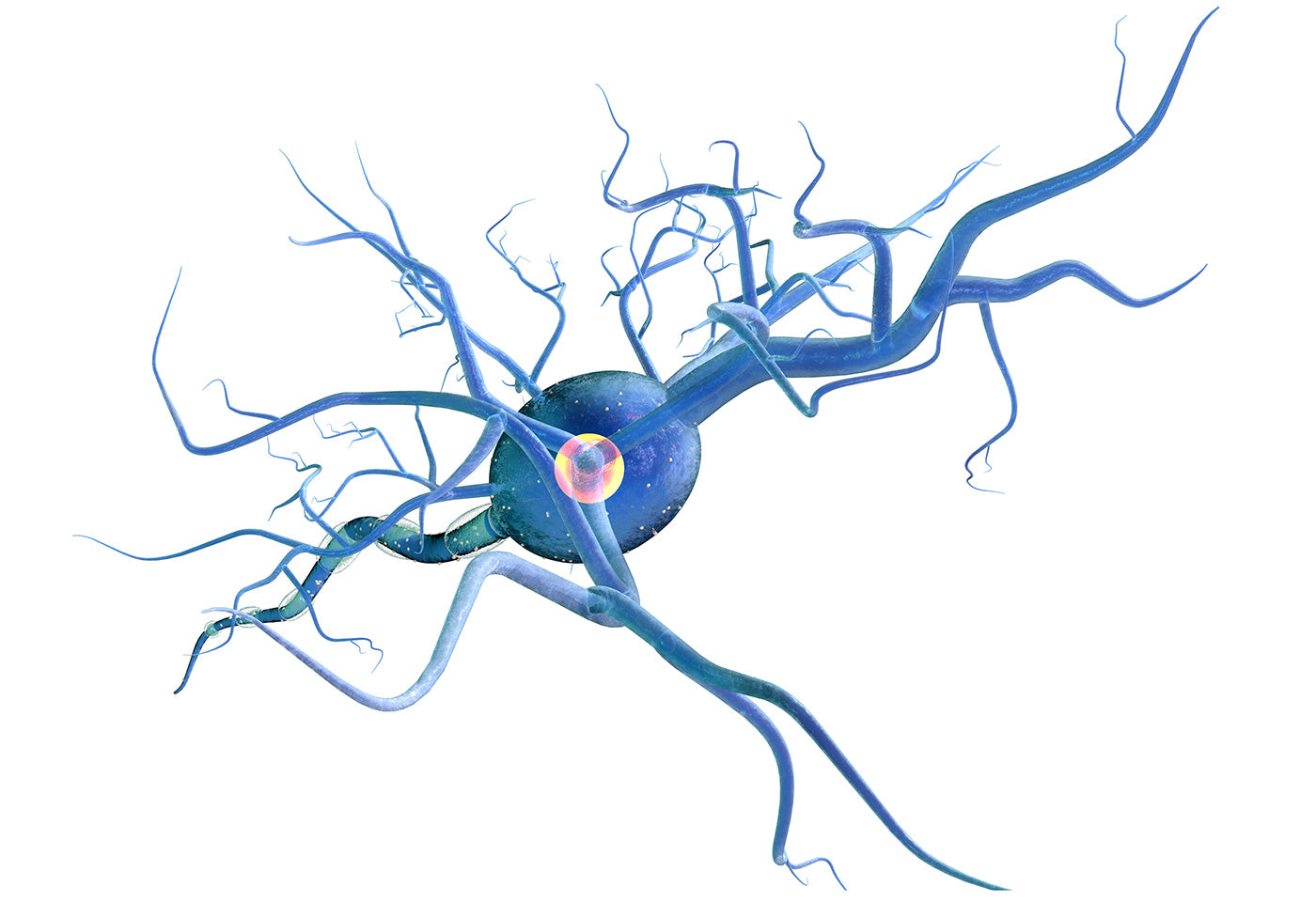
What is Peripheral Nerve Injury?
The peripheral nerves are located outside of the brain and spinal cord. They carry information to the muscles to initiate movements as well as transporting sensory information back from the extremities and other tissues to the spinal cord and brain. When injured, they distort or interrupt the messages between the brain and the rest of the body.
Traumatic Peripheral Nerve Injury. Who, where, how?
Approximately 20 million people in the United States have some form of peripheral neuropathy. There are more than 100 kinds of peripheral nerve disorders that can affect one nerve or many nerves. Common peripheral nerve injuries are either traumatic in nature (i.e., fracture, laceration) or result of a compression neuropathy (i.e., carpal tunnel, thoracic outlet syndrome). Two examples frequently seen in the clinic are brachial plexus injury and radial nerve palsy.

Young males are most at risk.

Upper limb most commonly affected.

Motor vehicle accidents are frequently the cause.
Brachial Plexus Injury
A complex set of nerves that control the muscles of the fingers, hand, arm, and shoulder. The nerves originate at the spinal cord and innervate the muscles and skin of the upper limb. Brachial plexus injuries can occur as a result of shoulder trauma, tumors, or inflammation. The severity of a brachial plexus injury is determined by the type and amount of damage to the nerves.
Radial Nerve Palsy
The radial nerve runs down the underside of the arm and controls movement in the triceps (muscle located at the back of the upper arm), responsible for extending the wrist and fingers, and controls sensation in a portion of the hand.
Injuries to the radial nerve are called either radial neuropathy or radial nerve palsy. Injury can occur as a result of physical trauma, infection, or exposure to toxins.
Symptoms may include numbness, pain, burning or tingling, muscle weakness and sensitivity to touch.
Revive, Restore, Redeem.
After injury, the nerve will try to repair itself by regenerating new nerve units. To restore function, regenerating units will attempt to grow down the nerve to reinnervate muscle or skin. Although sensation can be regained even after long periods of denervation (loss of nerve supply), muscle reinnervation does not experience the same benefit.


Nerves regenerate at the rate of 1" per month
If there is no evidence of recovery by 3-6 months surgery usually is recommended.
Trauma to Triumph.
Get medical care for a peripheral nerve injury as soon as possible. Nerve tissue can be repaired and early diagnosis and treatment can prevent complications and permanent injury.
Examples of current therapy goals may include the following:
• Reduce pain and edema
• Avoid overstretching of the denervated muscle
• Sensorimotor reeductation
• Prevent contractures
• Position the affected hand and wrist functionally using an orthosis or glove
• Keep muscles active



